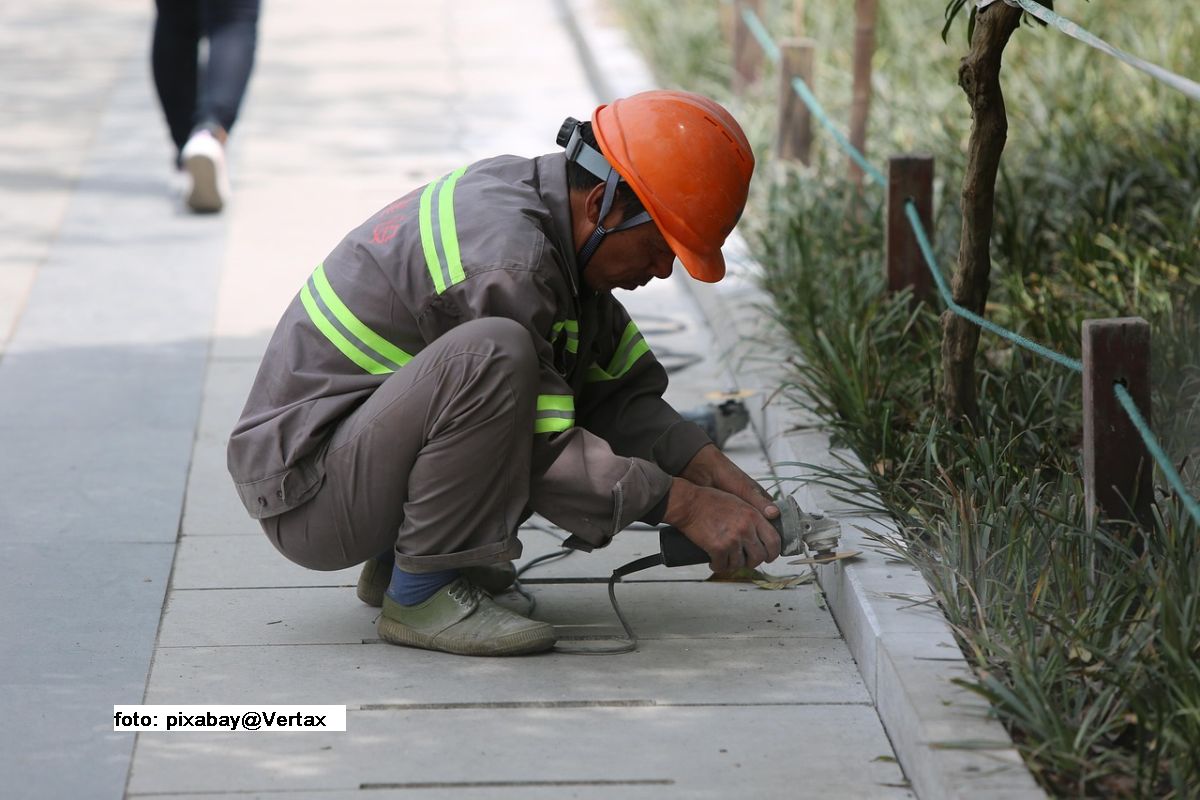Combating human trafficking
A study on human trafficking published by the European Commission earlier this year shows that most victims in the European Union were Romanian.

Iulia Hau, 09.04.2025, 14:00
The study on human trafficking published by the European Commission at the beginning of the year showed that the most numerous victims in the European Union were Romanian, followed by those of French, Hungarian, Bulgarian and German nationality, while sexual exploitation was the most widespread aim of this phenomenon. An Eurostat report indicated that 63% of the victims of trafficking in the EU were girls or women, with Luxembourg, Estonia and Austria being the countries with the highest number of victims identified and registered.
Ștefan Coman, advocacy coordinator at the International Justice Mission NGO, explains that just because a large number is reported in a country does not necessarily mean that that country has a bigger problem, but that, on the contrary, it may be dealing with it better:
“Traditionally, Romania has the highest number of victims of human trafficking in the European Union. This is also because Romania has the most number of convictions for human trafficking, which means that we identify the victims, convict the perpetrators and report these figures. Another country that is close to Romania in terms of the number of convictions and the number of victims reported is France. This is a good comparison, because it shows that countries that are looking for it will find cases of human trafficking. There are also countries that report a small number of victims, but it does not mean that human trafficking does not exist there. It just means that they do not identify the cases.”
The expert also says that although Romania is doing well when it comes to the number of the convictions, their length has been quite short in recent years:
“Indeed, there were quite a few convictions, but in terms of length, they were 3 to 3 and a half years in 2018 I think. The maximum conviction being very short, it means a lot of the sentences were suspended. I think in 2020-2021, 20% of human trafficking convictions were suspended. This means that one in five traffickers will not serve any time in prison, so they can still do exactly what they did before and they just learned how to not get caught.”
The report of the National Agency against Trafficking in Persons in Romania identified 500 victims in 2022, including meant Romanian citizens who were the subject of human trafficking both at home and abroad. In 2004, this number was 1,960. Ștefan Coman describes the vulnerable situations that can make a person more likely to fall victim to human trafficking:
“Any vulnerability becomes a vulnerability for human trafficking. That is, if a person is economically vulnerable, has difficulty integrating into the labor market, they will be vulnerable to human trafficking, because they can easily be convinced, under the pretext of a well-paid job, to go somewhere where they are not safe and then be exploited. If they are vulnerable with regard to alcohol consumption, they automatically become vulnerable to human trafficking. A person who is emotionally vulnerable becomes vulnerable to human trafficking. It is clear that in terms of sexual exploitation, by which I mean any form of sexual abuse, the victims of sexual violence become vulnerable to human trafficking much more likely than in the examples I mentioned earlier.”
The expert says most people working in prostitution were abused as children:
“To the extent that the person in question believes they are not valuable and that the little worth have comes from actions or things related to their sexuality, they are easily lured into prostitution and many victims of human trafficking are recruited from among people who practice prostitution.”
The International Justice Mission European program is dedicated to combating cross-border trafficking, with experts saying the legal systems of various member states have great vulnerabilities. The organization already carries out operations in Romania, Bulgaria and Poland, has a rapporteur in the United Kingdom, Germany and the Netherlands and is to expand its activity to Hungary, France, Italy and Spain:
“We would like to open offices in the main source countries and in the main destination countries, to consolidate and demonstrate that this system of combating cross-border trafficking really does work. When a trafficker takes a victim, they can cross the border five times in one day. They go through Hungary, Slovakia, the Czech Republic, Poland, ending up in Germany, let’s say, depending on the route. But for the police or the prosecutor’s office, to investigate the case, you have to do it together with the police in all those other countries. And apart from the fact that several units have to work together, there are also obstacles that have to do with the fact that there is different legislation in the respective countries. There are different priorities of the police and prosecutor’s offices in different countries. Traffickers know this. 76% of the largest organized crime organizations operate across several different countries. They know the challenges for police and prosecutors and will use this to their benefit by working across multiple countries to make it harder to be detected. If we want human traficking to decrease, we’ll just have to get rid of traffickers.”
The theory of change stated by the International Justice Mission is that a consistent and effective response by law enforcement over time guarantees a decrease in crime. The NGO claims that, after the nine programs carried out over time in different countries around the world, crime has decreased by 50%-86% in the respective countries. “Vulnerable people exist and will always exist, and reducing the level of vulnerability takes a very long time, and during this time traffickers will continue to make victims,” says Ștefan Coman. “There are vulnerable people who are exploited and vulnerable people who are not, and what is present in one case and absent in the other is the trafficker.”






























